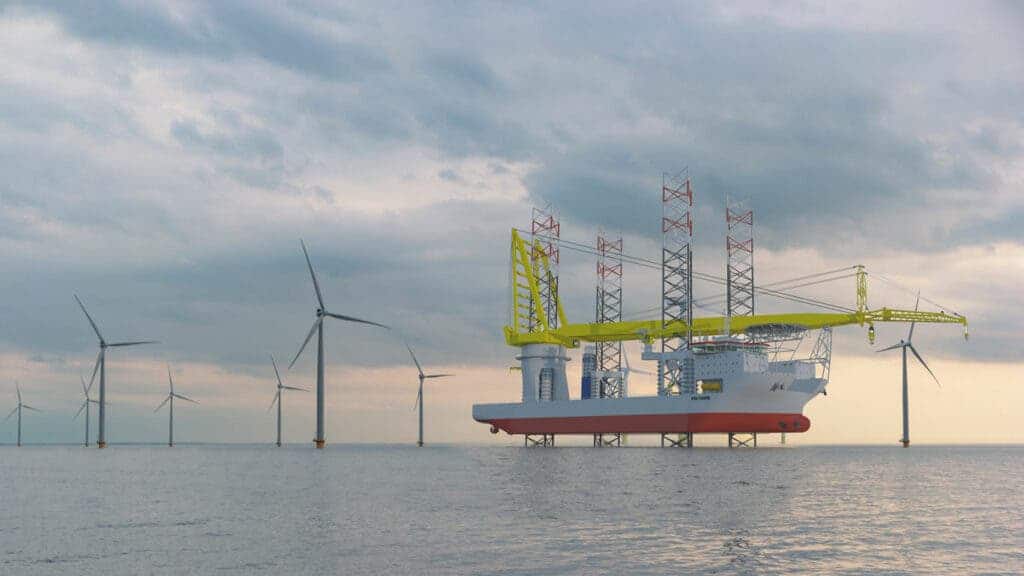The UK, already the world’s leader in offshore wind, is getting ready to start construction of what will be the world’s biggest offshore wind park, Dogger Bank. The British utility company SSE and the Norwegian energy firm Equinor agreed to invest $8 billion in the project, which will be used to build the first two phases.

Dogger Bank is an isolated sandbank within the central to southern North Sea spanning UK, German, Danish and Dutch waters. The area was a landmass connecting the UK to mainland Europe. As the sea level rose after the last ice age, Dogger Bank became an island before being completely covered by water about 8,000 years ago.
The wind farm is being developed in three phases, Dogger Bank A, Dogger Bank B, and Dogger Bank C, located between 130km and 190km from the North East coast of England. Collectively they will become the world’s largest offshore wind farm. Each phase will have an installed generation capacity of up to 1.2 gigawatts (GW).
The construction of the first two phases, with 2.4 GW capacity, will be financed by a group of 29 banks and three credit export agencies. They will be built at the same time starting in 2021 to maximize the synergies due to their geographical proximity and make use of common technology and contractors.
The project will be the first to feature the 13MW General Electric (GE) Haliade-X, the largest wind turbine in the world. One rotation of the Haliade-X is estimated to power a British home for two days. Once completed, Dogger Bank will power up to six million homes annually in the UK, equivalent to 5% of the country’s electricity demand.
Alistair Phillips-Davies, SSE Chief Executive, said in a statement: “We are putting our money where our mouth is on delivering net-zero and reinforcing the UK’s position as a world leader. This investment will help drive a green recovery from coronavirus through the project’s construction over the next five years.”
The UK is already the world leader in offshore wind, with more installed capacity than any other country. Offshore wind now powers the equivalent of 4.5 million homes per year and in many areas, wind is now the lowest cost option for new power in the UK, cheaper than new fossil fuel or nuclear power projects.
UK Primer Minister Boris Johnson announced this year a plan for offshore wind to power every home in the UK by 2030. This will require a $66 billion in investment and the equivalent of one turbine to be installed every weekday for the whole of the next decade, an analysis by Aurora Energy Research.
“Your kettle, your washing machine, your cooker, your heating, your plug-in electric vehicle – the whole lot of them will get their juice cleanly and without guilt from the breezes that blow around these islands,” Johnson said in a press conference in October, as part of a “build back greener” initiative.


